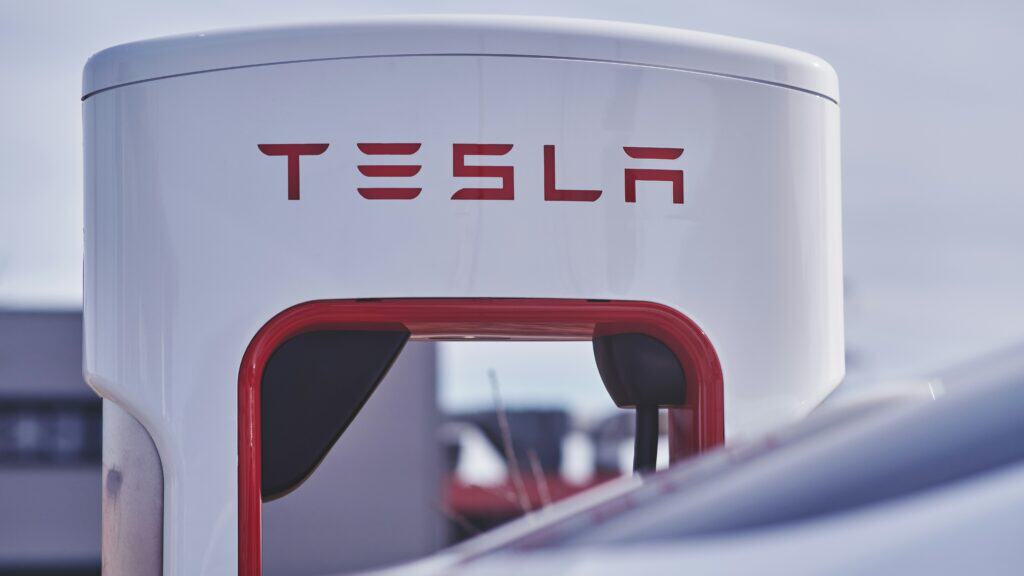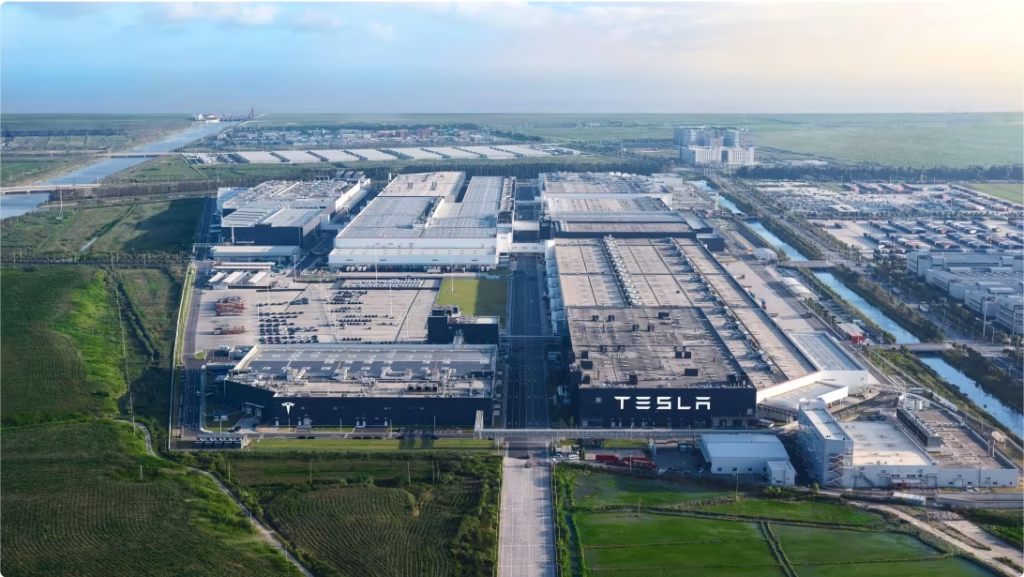The automobile industry is gradually transitioning from its status as an addendum to a significant transportation transformation that has appeared on the market. This evolution is due to technological advances, government support, and changes in consumer demand. Seven key factors for the development of electric vehicles will be understood in the following paragraphs.

Government Policies and Incentives
Existing global policies and incentives show that governments all around the world are directly involved in the fast-growing pace of the adoption of EVs.
Financial Incentives for Consumers
In an attempt to pave the way for increased demand for EVs, the governments of many countries use incentives:
- Subsidies: It entails that the government offers reductions in the taxes payable by the buyer when they purchase the EV or offer the buyer a rebate, which is a direct money refund from the government.
- Incentives and Rebates Consumer incentives are offered besides subsidies and grants to the manufacturers of EVs and consumers of EV services.
Regulatory Measures
In addition to financial instruments, regulations are becoming the key determinant of the development of the transport sector.
- Recent emission standards and regulations: Decrement in automobile emissions is becoming increasingly important, forcing car manufacturers to work on eco-friendly automobiles, and electric cars have proved to be a solution to this need.
- Zero Emission Vehicles: Some locations aim at banning ICEVs and encouraging the use of ZEVs. Several locations have set goals of eliminating ICEVs from the market shortly.
Technological Advancements
There is a steady increase in the advancement of features and functionality of e-cars to make them more desirable and valuable.
Battery Technology Innovations
Battery technology is central to the performance of EVs. Hence, there is a need for significant improvements in this area to enable better EVs.
- Energy Density Developments: Longer ranges increase energy storage and help EV owners eliminate some primary reasons for not choosing electric cars.
- One of the cost reduction strategies includes the advancement in the production of batteries, making EVs more affordable in the market.
Autonomous Driving Capabilities
The level of autonomy is emerging as one of the features that is revolutionizing the automobile industry:
- Machine learning and Artificial Intelligence: These enable the vehicles to operate and decide for themselves, making way for self-driving cars.
- Safety improvements: ADAS plays this role by making the road safe to drive and minimizing the chances of an accident.
Expansion of Charging Infrastructure
There must be many charging points for Electrified Vehicles since inadequacy may hinder usage growth.

Public Charging Networks
There are attempts to broaden the supply of public charging facilities:
- Rapid Charging Points: Installing rapid chargers helps decrease range anxiety, thus adding long-distance driving distance to the equation.
- Urban and Rural: Maintaining the availability of charging stations reduces range anxiety, thereby increasing the usage of the product and service by people in urban and rural areas.
Home and Workplace Charging Solutions
Accessibility of charging facilities at home as well as at workplaces leads to the improvement of the utilization of EVs.
- Home electroliers enable the owners to power them at night, so they are fully charged and ready for use in the morning.
- Nonetheless, companies are modifying their McFreelancers by providing places where they can recharge their electric vehicles.
Environmental Concerns and Consumer Awareness
Recent trends observed in grocery shoppers are a result of increased environmental consciousness.
Climate Change Mitigation
EVs open up the possibility and present an opportunity for less environmental impact.
- Reduction of Greenhouse Gas Emissions: The cars emit no emissions in the form of CO2 or any other greenhouse substance from their tailpipes.
- Reduction of Soil Erosion: The use of vehicles leads to emissions, which causes soil erosion; hence, lack of exhaust emission is likely to reduce the quantity of soil erosion.
Rising Consumer Environmental Consciousness
Consumers are increasingly prioritizing sustainability:
- Trend change among the customers: There is a shift in consumer preferences, and they are opting for environment-friendly vehicles, thereby increasing the sale of electric vehicles.
- Impact of Environmentalism: Advocacy organizations, such as electric car associations, as well as the media, have championed electric vehicles.
Automotive Industry Commitments
The automotive industry players are putting their money in the electric direction.
Investment in EV Production
EV manufacturing is currently receiving a lot of attention and hence is being offered much attention:
- New Manufacturing Plants: Automobile firms set up new plants to manufacture electric vehicles.
- Took-over factories are now being changed or modified to include the production line of electric vehicles.

Diversification of EV Models
There are more choices of electric cars on the market:
- New Models with a Lower Price Range: Companies are introducing cheap models intending to attract the target market.
- Luxury and Performance EVs: Another aspect of new thinking that could be vital to the development of electric cars addresses the luxury factor and performance needs of a select set of consumers.
Economic Factors
Indeed, the adoption of electric cars is tied to considerations of one sort or another that are economically motivated.
Declining Costs of EVs
The situation with the financial side of EV ownership is also changing and gradually shifting for the better.
- Benefits of Large-scale Production: Since many automobiles can be produced, the cost per vehicle is low due to factors such as diseconomies of scope.
- Improvement in supply chain efficiency: With time, supply chain processes have been made more efficient by cutting down on costs affecting EVs’ overall production.
Rising Fuel Prices
Fuel costs are very volatile, and changes affect consumers in many ways.
- Employee Acceptance: Higher gasoline prices result in the long-term benefits of reducing the costs associated with electric vehicles.
- Comparison with conventional vehicles: Electric vehicles are cheaper depending on fuel and maintenance requirements.
Global Market Dynamics
The global EV market is rapidly growing, and regional differences impact development.
Leading EV Markets
Some of the progressed geographical segments are listed as follows;
- China as the largest EV market: The Chinese government has ambitious goals for developing new energy vehicles, continuously improving charging infrastructure, and competitive homegrown automobile makers.
- New measures for controlling emissions are being adopted across Europe, and many incentives are driving the Ontario scrap metal industry towards electric vehicles at a much faster pace.
Emerging Markets
Despite the current challenges, the people in the developing regions are gradually adopting EVs.
- Opportunities in Developing Markets: many developing nations across Asia, Africa, and Latin America are emerging as interested markets for electric vehicles as they look for environmentally friendly transport solutions.
- Challenges and opportunities Silence, including lack of adequate charging infrastructure and high installation costs, presents significant challenges in the development of EV charging stations. However, increased investments from all quarters and governmental support offer substantial opportunities.
Conclusion: The Road Ahead—Embracing an Electric Future
The outlook in using electric vehicles is flattering based on factors such as enhanced technology, government policies, investment made by auto industries, and changing customer demands. Different sectors are beginning to tackle issues collectively in positively shaping the advancement and popularity of EVs. Thus, a cleaner, more sustainable, and innovative transport system is in the offing.
Regardless of one’s interest, be it as an auctioneer, car lover, or environmental activist, it is now evident that electric cars have become a reality in the automotive market. These sources help us to foster those attributes that drive the progress to a greener future on the road in the capacity of the active participants.
Visit AboutEVs for the latest News, Blogs, EV reviews, and updates.
Hey, I’m Badal! I’m super passionate about cars—especially electric ones. Whether it’s EVs, electric trucks, bikes, or anything with a battery and wheels, I’m all in. I love writing blogs and articles that break things down for fellow enthusiasts and curious readers alike. Hope you enjoy the ride as much as I do! Enjoyed reading? You can buy me a coffee on PayPal ☕ → paypal.me/BadalBanjare
